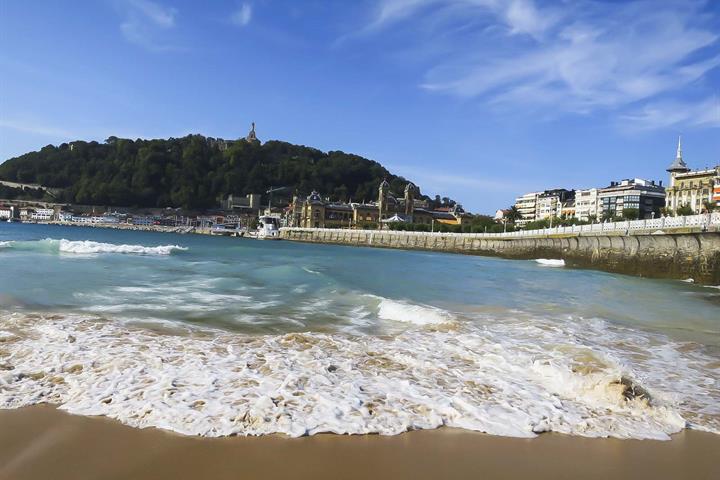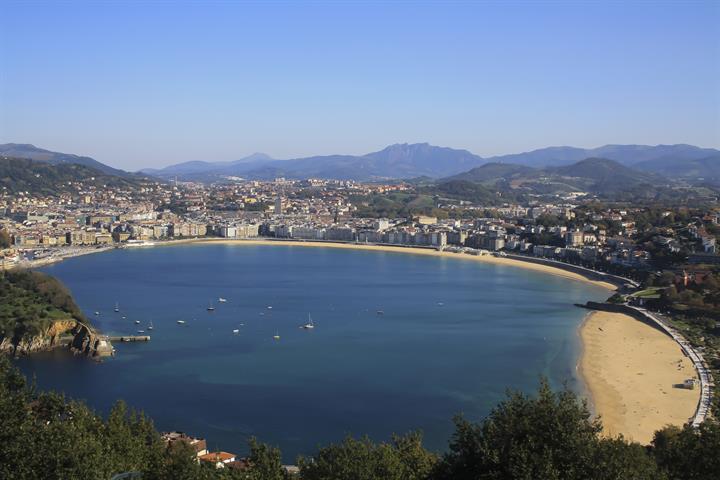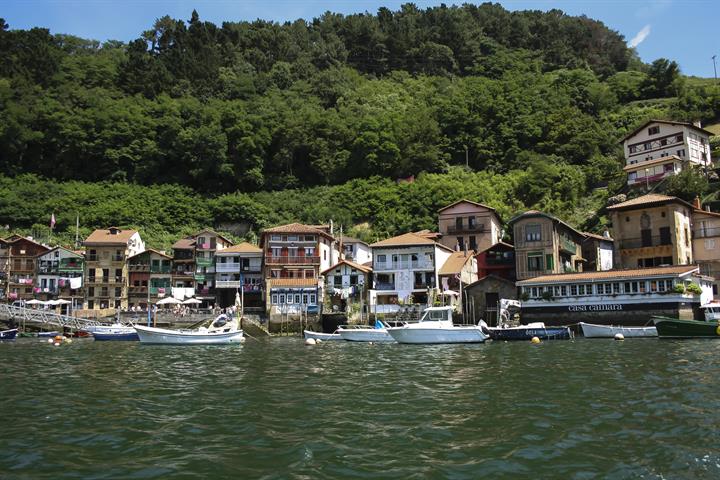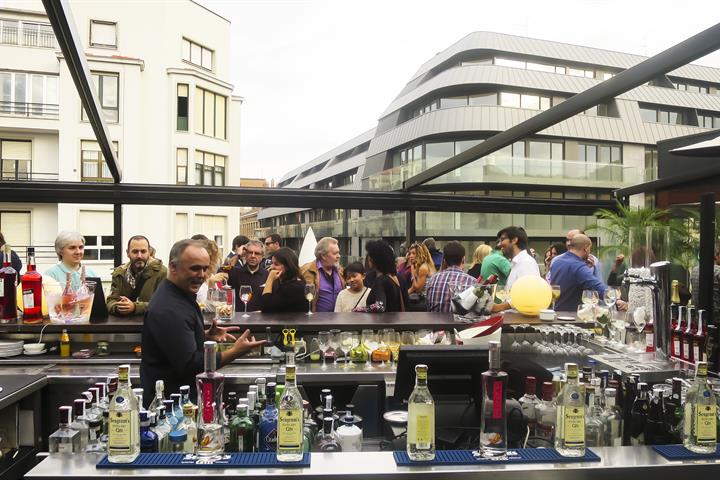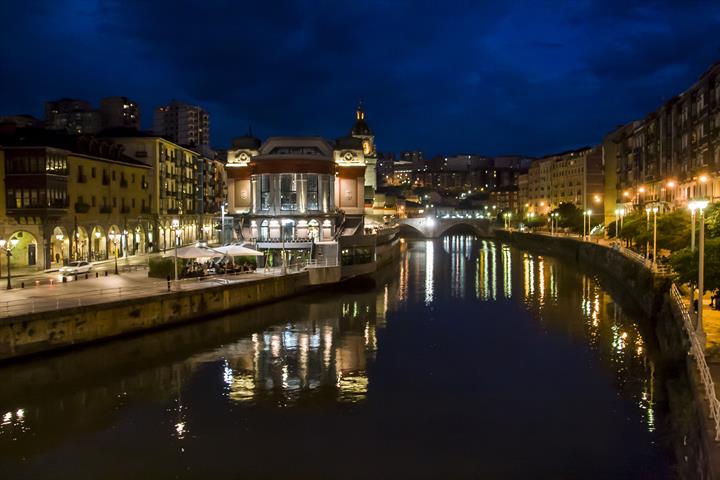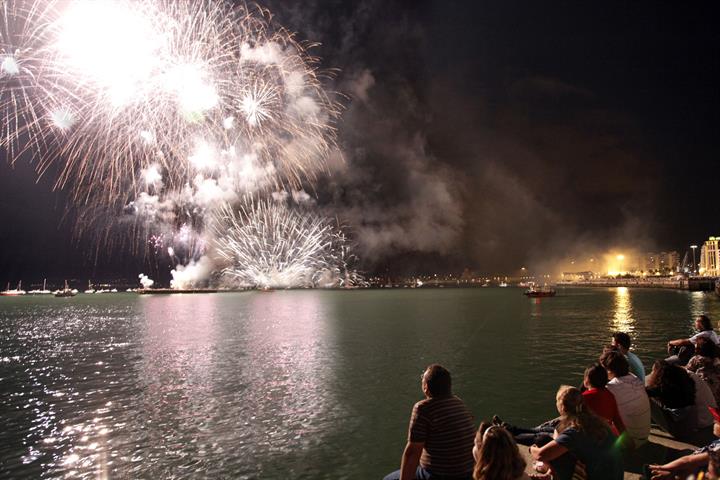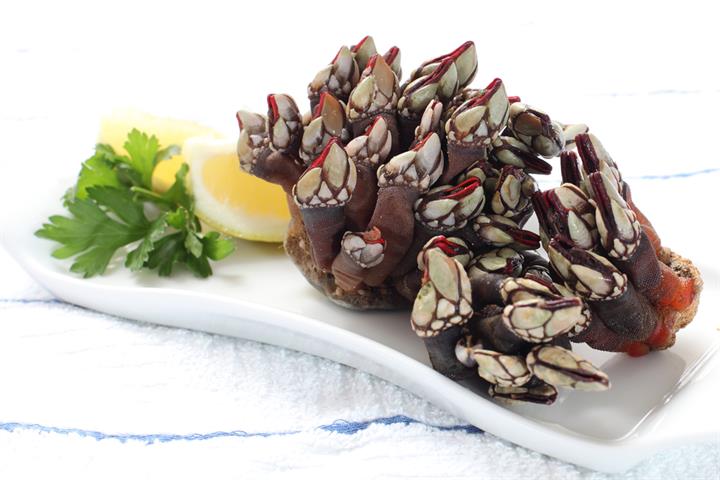Baskenland toeristische informatie en video
Vakantie informatie, feiten, foto's en video van Baskenland
Featured vakantiehuizen in Spanje
Activiteiten om te doen tijdens uw verblijf hier
Niet te missen plaatsen in Baskenland
Recensies over Baskenland
Gemiddelde score - Gebaseerd op 12 recensies.
Stad
Kust
| Stad: | |
| Kust: |
Geschreven door: A.D. ter Steege
3 jan 2015
Deze opinie is in Nederlands
Deze opinie is in Nederlands
Misbruik melden
U meldde dit als misbruik
| Stad: | |
| Kust: |
Geschreven door: Ed Webster
4 nov 2019
Deze opinie is in Spaans
Deze opinie is in Spaans
Misbruik melden
U meldde dit als misbruik
| Stad: | |
| Kust: |
Geschreven door: Marcel Rossius
19 aug 2019
Deze opinie is in Spaans
Deze opinie is in Spaans
Misbruik melden
U meldde dit als misbruik
| Stad: | |
| Kust: |
Geschreven door: Gary & Jane Boyes
29 dec 2018
Deze opinie is in Engels
Deze opinie is in Engels
Misbruik melden
U meldde dit als misbruik
| Stad: | |
| Kust: |
Geschreven door: Mikael Soderstrom
28 jun 2018
Deze opinie is in Engels
Deze opinie is in Engels
Misbruik melden
U meldde dit als misbruik
| Stad: | |
| Kust: |
Geschreven door: Vladimir Mailis
22 nov 2016
Deze opinie is in Engels
Deze opinie is in Engels
Misbruik melden
U meldde dit als misbruik
| Stad: | |
| Kust: |
Geschreven door: Jean-Robert CANTERRANNE
14 feb 2016
Deze opinie is in Frans
Deze opinie is in Frans
Misbruik melden
U meldde dit als misbruik
| Stad: | |
| Kust: |
Geschreven door: Line Frantzen Lie
8 okt 2015
Deze opinie is in Engels
Deze opinie is in Engels
Misbruik melden
U meldde dit als misbruik
| Stad: | |
| Kust: |
Geschreven door: Karin Besjes
28 jun 2015
Deze opinie is in Spaans
Deze opinie is in Spaans
Misbruik melden
U meldde dit als misbruik
| Stad: | |
| Kust: |
Geschreven door: Karen Larsen
23 jun 2015
Deze opinie is in Deens
Deze opinie is in Deens
Misbruik melden
U meldde dit als misbruik
| Stad: | |
| Kust: |
Geschreven door: Sylwester Galkowski
4 mei 2015
Deze opinie is in Engels
Deze opinie is in Engels
Misbruik melden
U meldde dit als misbruik
| Stad: | |
| Kust: |
Geschreven door: GRACIELA
20 jan 2014
Deze opinie is in Spaans
Deze opinie is in Spaans
Misbruik melden
U meldde dit als misbruik
